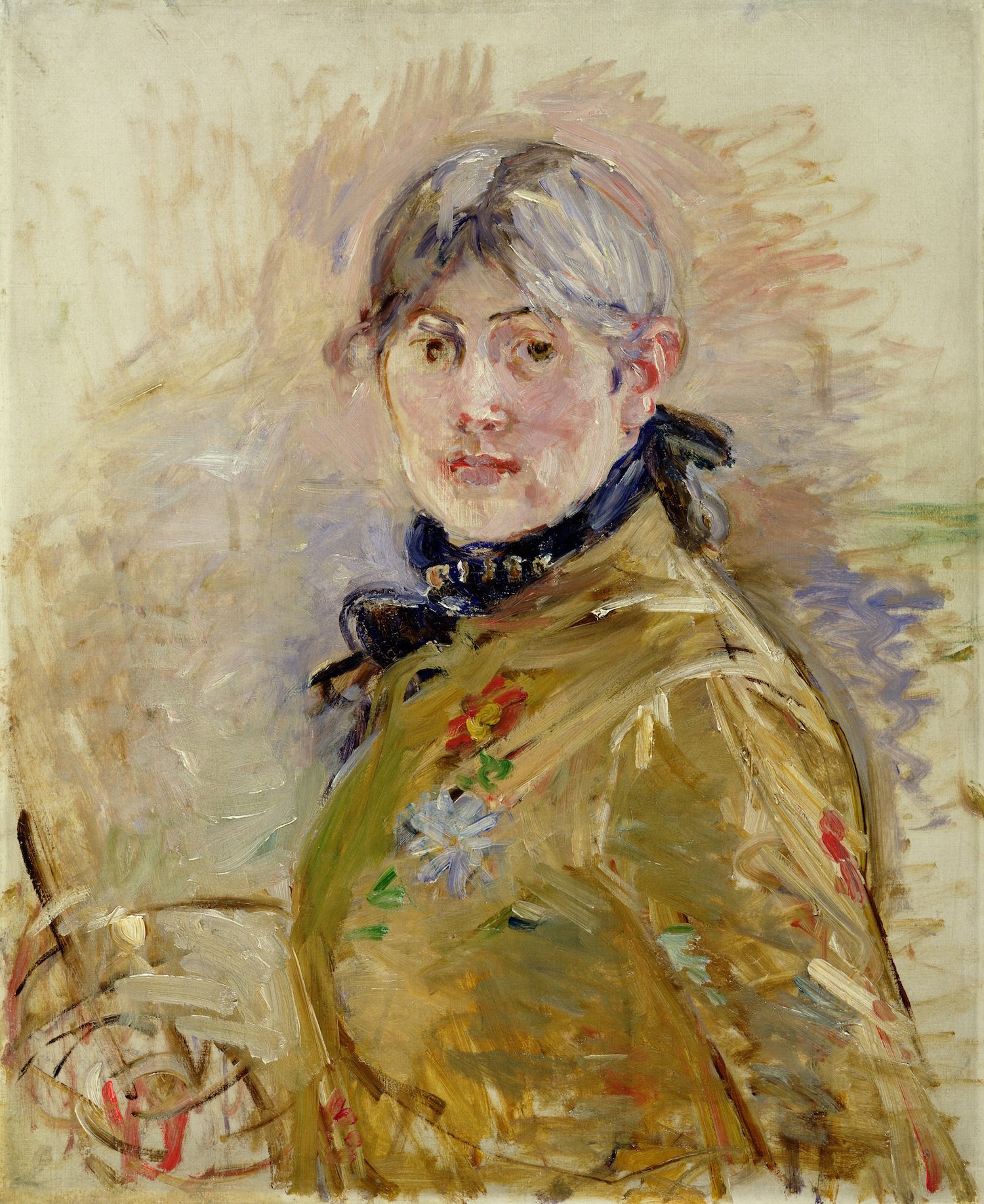
The French Impressionist painter Berthe Morisot has long been overshadowed in art history by male contemporaries such as Claude Monet, Edgar Degas, and Pierre-Auguste Renoir. But at long last, Morisot will take center stage at Philadelphia’s Barnes Foundation this fall, with her first monographic exhibition in the US since 1987.
“We look forward to fleshing out the story of Impressionism represented in our holdings with the presentation of this groundbreaking exhibition,” said Thom Collins, the Barnes’s executive director and president, in a statement. “This international collaboration introduces important new scholarship that contributes to a more complete understanding of Impressionism and Berthe Morisot as a revolutionary figure within the movement.”
The traveling exhibition was co-organized by the Barnes Foundation, the Dallas Museum of Art, the Musées d’Orsay et de l’Orangerie in Paris, and the Musée national des beaux-arts du Québec, where it will debut in June before heading to the Barnes. The show was co-curated by the Barnes’s former chief curator Sylvie Patry, now the chief curator/deputy director for curatorial affairs and collections at the Musée d’Orsay and still a consulting curator in Philadelphia, and Nicole R. Myers, curator of European painting and sculpture at the Dallas Museum of Art.
Berthe Morisot, Woman in Grey Reclining (1879). Photo by Christian Baraja, courtesy of a private collection.
“Though Berthe Morisot held an important place at the heart of the impressionist movement, she has historically enjoyed far less acclaim than her male counterparts,” Patry said in a statement. “Through this landmark exhibition, together with colleagues at our partner museums around the world, we are thrilled to bring renewed international attention to the significant work of Morisot.”
The exhibition, which features some 70 paintings loaned from public and private collections, aims to provide new insight into the development of Impressionism, highlighting the significance of Morisot’s under-recognized contributions to the nascent art movement.
Morisot received an arts education, which was not unusual for women in affluent families like hers at the time. But she defied expectations by forging a career as a professional artist, rather than remaining an amateur, and by becoming a key member of the Parisian avant-garde beginning in the late 1860s.
With her intimate portrayals of modern life, from quiet scenes of domestic work to portrayals of fashionable Parisian women, Morisot played an essential role in the development of Impressionism, and ultimately Modern art, in the second half of the 19th century.
Berthe Morisot, The Garden at Maurecourt (ca.1884). Courtesy of the Toledo Museum of Art.
The exhibition opens with Morisot’s formative years, before moving on to works created en plein air in the French countryside and on the coast. There are sections devoted to her paintings of women working as domestic servants, as well as those depicting elegant upper-class women at balls, underscoring the importance of fashion to the emerging sense of modern femininity.
With her compositional use of doorways and windows, Morisot captured the effects of light and space on her figures. The show also highlights Morisot’s radical tendency to leave works unfinished. It closes with the artist’s late works, which often feature her personal studio and domestic space.
See more photos from the exhibition below.
Berthe Morisot, In England (Eugène Manet on the Isle of Wight) (1875). Courtesy of the Musée Marmottan-Claude Monet, Fondation Denis et Annie Rouart, Photo by Erich Lessing/Art Resource, NY.
Berthe Morisot, Cottage Interior (1886). Courtesy of the Musée d’Ixelles.
Berthe Morisot, Reading (The Green Umbrella) (1873). Courtesy of the Cleveland Museum of Art.
Berthe Morisot, The Cradle (1872). Courtesy of Musée d’Orsay, Paris. ©Musée d’Orsay, Dist. RMN-Grand Palais Patrice Schmidt.
Berthe Morisot, Winter (1880). Courtesy of the Dallas Museum of Art.
Berthe Morisot, Woman at Her Toilette (1875–80). Courtesy of the Art Institute of Chicago.
Berthe Morisot, View of Paris from the Trocadero (1871–73). Courtesy of the Santa Barbara Museum of Art.
“Berthe Morisot: Woman Impressionist” will be on view at the Musée national des beaux-arts du Québec, National Battlefields Park, Québec, June 21–September 23, 2018; the Barnes Foundation, 2025 Benjamin Franklin Parkway, Philadelphia, October 21, 2018–January 14, 2019; at the Dallas Museum of Art, 1717 North Harwood, Dallas, February 24–May 26, 2019; and at the Musée d’Orsay,1 Rue de la Légion d’Honneur, Paris, June 18–September 22, 2019.